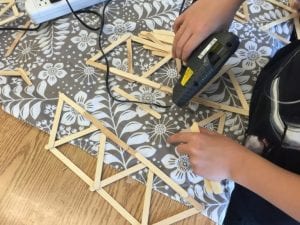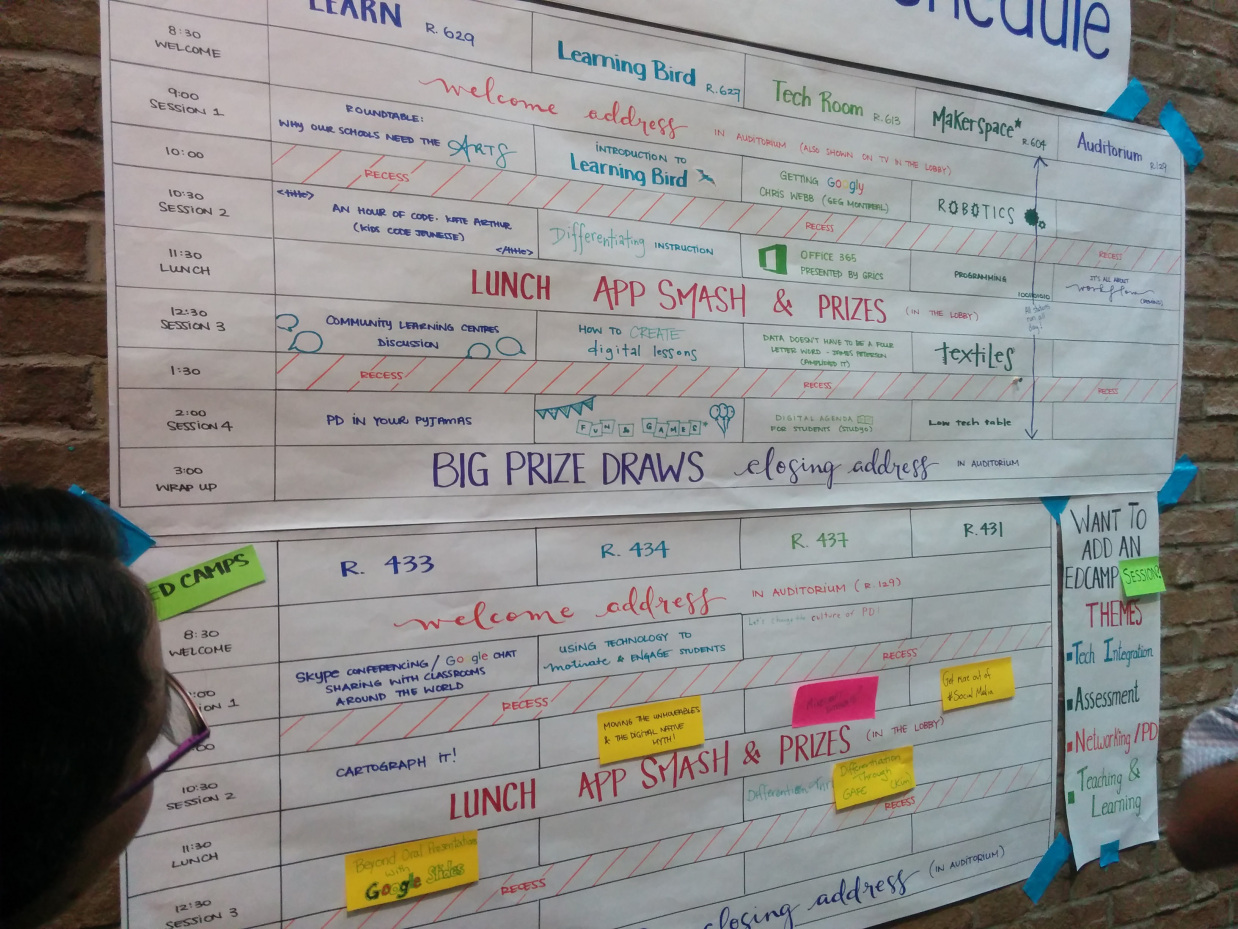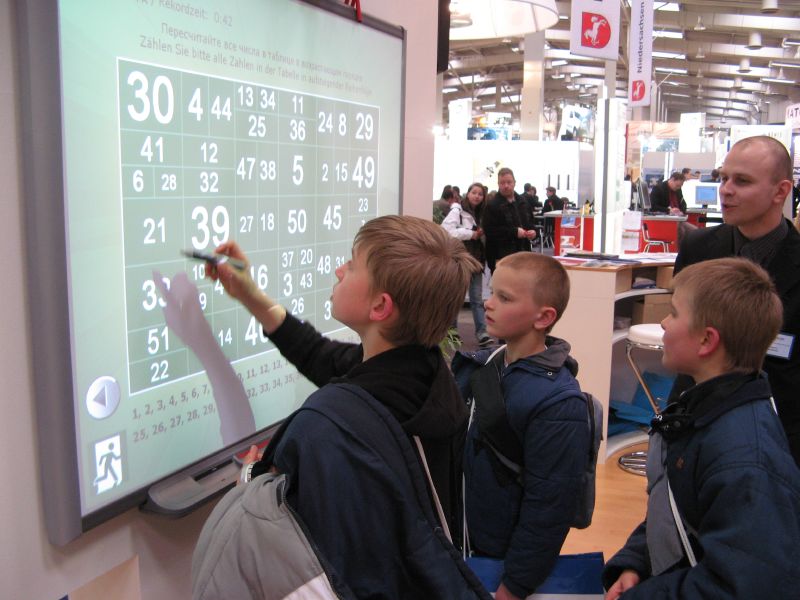 Has this ever happened to you? Some time ago I was putting together a bathroom cabinet kit following the Ikea instructions as carefully as I could. When I was close to completion, having struggled and cursed throughout the process, I realized that I had put one of the panels on backwards – requiring me to take apart and redo pretty much the entire process. Lo and behold, I found that this second attempt was much easier. My initial “failure” was, in fact, a great learning experience. I realized that now I really understood the process – that I had learned it much more deeply than if it had come to me more easily. This struggle, from initial failure to eventual success, was an important part of my learning and, as an added benefit, it helped me in future similar projects.
Has this ever happened to you? Some time ago I was putting together a bathroom cabinet kit following the Ikea instructions as carefully as I could. When I was close to completion, having struggled and cursed throughout the process, I realized that I had put one of the panels on backwards – requiring me to take apart and redo pretty much the entire process. Lo and behold, I found that this second attempt was much easier. My initial “failure” was, in fact, a great learning experience. I realized that now I really understood the process – that I had learned it much more deeply than if it had come to me more easily. This struggle, from initial failure to eventual success, was an important part of my learning and, as an added benefit, it helped me in future similar projects.
While schools pay lip service to the idea of failure as positive, students seem to be increasingly anxious about their school performance and afraid to “fail” at any level. In a recent post to Psychology Today, in discussing decreasing student resilience, Peter Gray (2015) argues that “Students are afraid to fail, they do not take risks, they need to be certain about things. Failure is seen as catastrophic and unacceptable”. How did we get here?
A Tale of Two Math Classes
We know that failure can lead to deeper understanding and more effective learning. In a study by M. Kapur in Instructional Science in 2010, two large grade 7 groups were given a complex mathematics problem involving speed and distance. One group was taught in a very structured traditional way directed by the teacher with all the supports necessary. The teacher worked them through and they solved the problem. The other group was given no instruction or support at all. Both had a few days to work. The unsupported group worked in teams and struggled through the week. They were mostly unsuccessful in their efforts. The teacher then helped them with the strategies they could not come up with themselves. What was interesting however was that in subsequent post-tests in which both groups were given other problems of varying degrees of difficulty to solve, the students in the initially unsupported groups performed significantly better than their well-supported peers – and this in problems of all degrees of difficulty. According to Kapur – and this part is important – students in the unstructured groups “develop structures—concepts, representations, and methods—for solving complex problems” while those given step-by-step procedures “may not understand why those concepts, representations, and methods are assembled or structured in the way that they are”.
Productive Failure
This “productive failure” method is very much in line with the constructivist approach in teaching science and technology. The implication of a constructivist-based pedagogy for science learning is that students need opportunities to think their own way through problems in order to be able to solve more. They need to explore relationships between variables, create models for scientific phenomena, and build technological objects fo
r example. They access prior knowledge, face cognitive dilemmas, cooperate with one another to struggle with real problems and construct their knowledge and understanding of the scientific world. They need to wrestle with different possible ways to come up with solutions both with each other and on their own. Following a set of detailed instructions from the teacher doesn’t necessarily give them this opportunity.
So what is a science teacher to do – faced with the task of completing a full curriculum in a limited time? Experienced teachers know that completely unguided activities are seldom productive and often leave their students frustrated and discouraged. In fact there is a lot of literature from cognitive psychologists which agrees. Kirschner (2006) for example disagrees with constructivist teaching methodology and claims that “Controlled experiments almost uniformly indicate that when dealing with novel information, learners should be explicitly shown what to do and how to do it.” However so many teachers I have worked with and observed have developed ways of providing opportunities for students to discover, construct and struggle with their learning and, at the appropriate time, provide the needed support to get their students on the right track. Perhaps that’s the art of effective teaching!
A few years ago, I had the good fortune to observe a bridge construction project in Danielle Couture’s Secondary 4 Applied Science and Technology (AST) class at Heritage Regional H igh School in Greenfield Park. Though the program calls for a rigorous design phase before the students embark on the hands-on construction, Danielle left this aspect until after the students had begun to manipulate their creation. She knew that her students were motivated by hands-on action-oriented activities and quickly got bored with theoretical discussions and lengthy pre-activity designs. That’s why they chose AST in the first place. Her approach was to have them get to work as quickly as possible. She had a brief full-class discussion with them about the problem at hand and had them begin work in their groups of two or three by drawing a rough sketch of what they intended to build. She knew that their designs would likely change frequently as they encountered unforeseen obstacles during the building process. She reasoned that a detailed drawing after the construction would be a much more accurate reflection of the reality of their project and still give them the engineering design experience required by the program. The discussions between students were often quite intense as they tried to solve the many problems that arose. Usually these discussions were about the design because they would not be working as originally expected. Students would take on different roles. Some emerged as the leaders, pushing their partners to agree with their vision and directing the construction work. Some passively accepted what the others suggested and did what they were told. This overcoming of the obstacles or “failures” they encountered continuously was an essential part of their development of a much deeper understanding of the engineering aspect of the program. Danielle gave her students the opportunity to struggle and fail in order to redirect their thinking, deepen their understanding and ultimately experience success in a more significant way.
igh School in Greenfield Park. Though the program calls for a rigorous design phase before the students embark on the hands-on construction, Danielle left this aspect until after the students had begun to manipulate their creation. She knew that her students were motivated by hands-on action-oriented activities and quickly got bored with theoretical discussions and lengthy pre-activity designs. That’s why they chose AST in the first place. Her approach was to have them get to work as quickly as possible. She had a brief full-class discussion with them about the problem at hand and had them begin work in their groups of two or three by drawing a rough sketch of what they intended to build. She knew that their designs would likely change frequently as they encountered unforeseen obstacles during the building process. She reasoned that a detailed drawing after the construction would be a much more accurate reflection of the reality of their project and still give them the engineering design experience required by the program. The discussions between students were often quite intense as they tried to solve the many problems that arose. Usually these discussions were about the design because they would not be working as originally expected. Students would take on different roles. Some emerged as the leaders, pushing their partners to agree with their vision and directing the construction work. Some passively accepted what the others suggested and did what they were told. This overcoming of the obstacles or “failures” they encountered continuously was an essential part of their development of a much deeper understanding of the engineering aspect of the program. Danielle gave her students the opportunity to struggle and fail in order to redirect their thinking, deepen their understanding and ultimately experience success in a more significant way.
Gray, P. (2015). Declining Student Resilience: A Serious Problem for Colleges. Psychology Today, September, 2015.
Kapur, M. (2010). Productive failure in mathematical problem solving. Instructional Science, 38 (6), 523-550.
Kirschner, P. A., Sweller, J., & Clark, R. E. (2006). Why Minimal Guidance During Instruction Does Not Work: An Analysis of the Failure of Constructivist, Discovery, Problem-Based, Experiential, and Inquiry-Based Teaching. Educational Psychologist, 41(2), 75-86.
von Glasersfeld, E. (1996). Radical constructivism : a way of knowing and learning. London: Falmer.






Great post. Neuroscience reveals a great deal on this subject and frames the notion in the context of effort. Dweck’s work on mindset shows how this approach of working through challenges and failures is a necessary phase in the development of a positive mindset.
Thanks for sharing your insights. Always a pleasure.
Thanks for your comments, Michael. It seems that the use of challenges in learning is picking up steam among educators.
I did the same thing with a piece of Ikea furniture and also learnt an important lesson. Don’t buy Ikea furniture! Seriously though this is an interesting article. I suppose the challenge is to get the right balance between time spent experimenting and time spent learning the best way to solve problems and the fundamental principles involved.
Yes David, getting that balance right is is the art of effective teaching – given the time constraints and requirement of teachers to meet the needs of all students.
Some years ago, in an inquiry science learning workshop for educators during a STEM symposium organized by LCEEQ at Sheraton Laval, I remember an experienced constructivist science educator Andy Ross sharing his more than 39 years experience with participants and leaders about the pertinent issue of the fear of failure among students preventing their success: “one certainly does not get better at ‘doing’ something by avoiding it altogether…”
It is imperative to build confidence in students in their attempts to solve educative problems of all kinds including the hands-on approach.
I agree Ranjeet. That confidence can only come from facing and overcoming learning challenges.